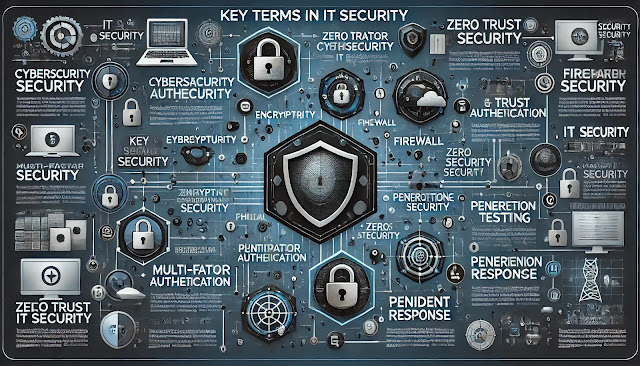In an increasingly digital world, organizations must implement strong security measures to protect sensitive data and ensure that users have the right access to the right resources at the right time. This is where Identity Management, Access Management, Privileged Access Management (PAM), and Access Governance come into play.
Understanding these key concepts is essential for IT professionals, security teams, and compliance officers as they work to prevent unauthorized access, reduce security risks, and meet regulatory requirements.
- Identity Management (IDM) focuses on creating, managing, and verifying user identities throughout their lifecycle, ensuring users access systems and applications appropriately.
- Identity Lifecycle Management (ILM) defines how user identities are created, modified, monitored, and eventually removed when they are no longer needed. By implementing strong identity lifecycle processes, organizations can reduce security risks, prevent unauthorized access, and streamline user management.
- Access Management (AM) controls how users authenticate and authorize access to resources, implementing measures like Multi-Factor Authentication (MFA) and Single Sign-On (SSO).
- Privileged Access Management (PAM) deals with securing and monitoring elevated access levels, protecting critical accounts from cyber threats and insider risks.
- Access Governance (AG) ensures ongoing compliance, auditing, and enforcement of access policies through regular reviews and risk assessments.
This guide will break down the essential key terms in each of these areas, helping organizations strengthen their security posture and minimize identity-related threats.



















